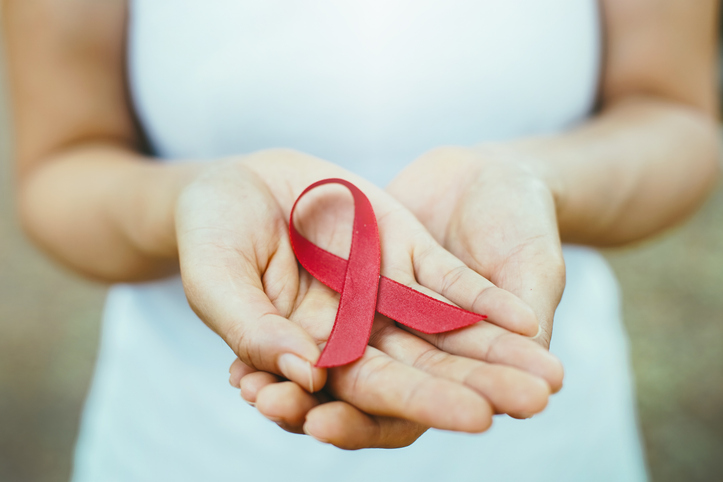2024-12-02
Combating antifungal-resistant oral candidiasis in HIV patients: current challenges and innovative solutions
Infectiology
Oral Candidiasis (OC) remains one of the most prevalent opportunistic
infections among individuals living with HIV. Despite significant advancements
in antiretroviral therapy, the emergence of antifungal-resistant Candida
strains poses a serious challenge to effective disease management. This growing
concern underscores the urgent need for innovative therapeutic alternatives.
This study explores the prevalence and underlying mechanisms of antifungal resistance in HIV-positive patients with OC, while also proposing strategies to optimize treatment approaches.
In contrast, polyenes such as amphotericin B and nystatin show low resistance rates (<5%), confirming their effectiveness as therapeutic alternatives.
Although Candida albicans remains the dominant species, non-albicans strains, such as C. glabrata and C. krusei, pose major challenges due to their high resistance to azoles. These findings highlight the urgency of standardizing methodological approaches to achieve a more precise and effective understanding of resistance, considering the geographic and clinical variability observed.
This study explores the prevalence and underlying mechanisms of antifungal resistance in HIV-positive patients with OC, while also proposing strategies to optimize treatment approaches.
Focus on antifungal resistance
The analysis of 25 studies including 2,564 Candida isolates from HIV-positive patients reveals concerning resistance rates, particularly to azoles, with 25.5% for ketoconazole, 24.8% for fluconazole, and 20% for itraconazole.In contrast, polyenes such as amphotericin B and nystatin show low resistance rates (<5%), confirming their effectiveness as therapeutic alternatives.
Although Candida albicans remains the dominant species, non-albicans strains, such as C. glabrata and C. krusei, pose major challenges due to their high resistance to azoles. These findings highlight the urgency of standardizing methodological approaches to achieve a more precise and effective understanding of resistance, considering the geographic and clinical variability observed.
Looking ahead: developing tailored therapeutic strategies
Given the increasing emergence of antifungal resistance—particularly to azoles—among HIV-positive patients, adapting clinical practices and revising therapeutic strategies are imperative. A multidimensional approach is therefore recommended: assessing the sensitivity of isolates before treatment, prioritizing alternatives like polyenes and echinocandins for refractory cases, developing new antifungal agents, deepening the study of resistance mechanisms, and raising awareness among healthcare professionals about best practices. These measures are essential to improving care and limiting the impact of resistance in patients living with HIV.
Last press reviews
Vaccine vs. SMC: rivals or partners?

#MalariaVaccine #R21MatrixM #Malaria #Vaccination #SMC #InsecticideTreat...
A race against time for a vaccine?

#PfSPZ #Vaccination #Malaria #Immunogenicity <br><br><br>...
Birch allergy: could one shot change everything?

#AllergicRhinoconjunctivitis #IgG4 #Allergoid #BirchPollen #Immunotherap...